About Us
The Southwestern Water Conservation District (SWCD) was created on April 16, 1941 by the Colorado General Assembly through House Bill #795 (Statute 37-47-101).
The District is comprised of nine counties: Archuleta, Dolores, La Plata, Montezuma, San Juan, San Miguel, and parts of Hinsdale, Mineral, and Montrose. Each Board of County Commissioners appoints a representative to the District Board of Directors, which meets bi-monthly.
SWCD’s statutory authority is to protect, conserve, use and develop the water resources of the Southwestern basin for the welfare of the District, and safeguard for Colorado all waters of the basin to which the state is entitled. Following this mandate, the District has assumed a broad strategic role on behalf of its diverse constituents. District representatives advocate for southwestern Colorado’s water interests at the local, state and regional level.
Funded by property taxes, SWCD currently funds a variety of essential work, including vital stream flow data collection by the US Geological Survey, water quality sampling through the Colorado Department of Public Health and Environment, water supply augmentation through weather modification, endangered fish species recovery efforts in the San Juan Basin, and compact water bank programs in Colorado. The District’s most recent budgets approved by the board each December can be found on the Colorado Department of Local Affairs website.
SWCD’s substantial grant program supports local efforts across the District, among them water supply projects, recreational development, environmental improvements, collaborative community processes, and water quality studies.
For more than 20 years, the District has spearheaded regional water education by sponsoring an Annual Children’s Water Festival for students across the basin and administering the Water Information Program with contributions from participating entities. For more than 30 years, the District has invited prominent experts to share their expertise at the Annual Water Seminar in Durango.
Several significant water storage reservoirs have been built within the District to ensure adequate water supplies to meet current and future needs.
Completed in the 1960’s, this storage reservoir on the Florida River provides irrigation water for the Florida Mesa in La Plata County.
This is an off-river storage project with a feeder canal running 2.6 miles from the West Mancos river and a return canal of 2.2 miles back to the West Mancos river. This storage provides irrigation water for over 13,000 acres as well as municipal water for Mesa Verde National park, the Mancos Rural Water Company and the Town of Mancos. A hydroelectric power plant has been added and provides power for approximately 50 homes in the vicinity.
Completed in 1985, this storage project is on the Dolores River and it provides irrigation and domestic water to the towns of Cortez, Dove Creek, the Ute Mountain Ute Tribe. It is the 2nd largest artificial body of water in Colorado.
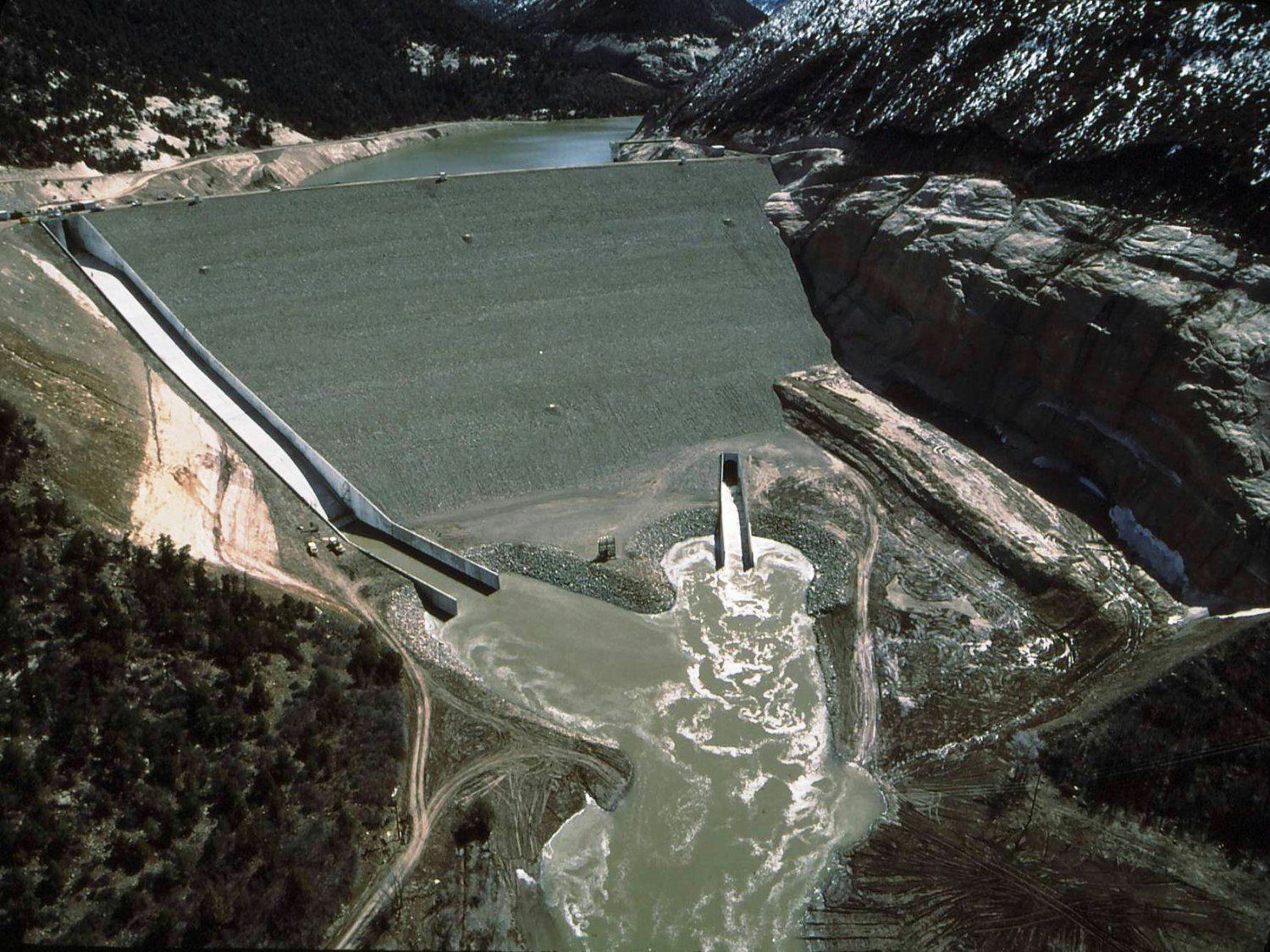
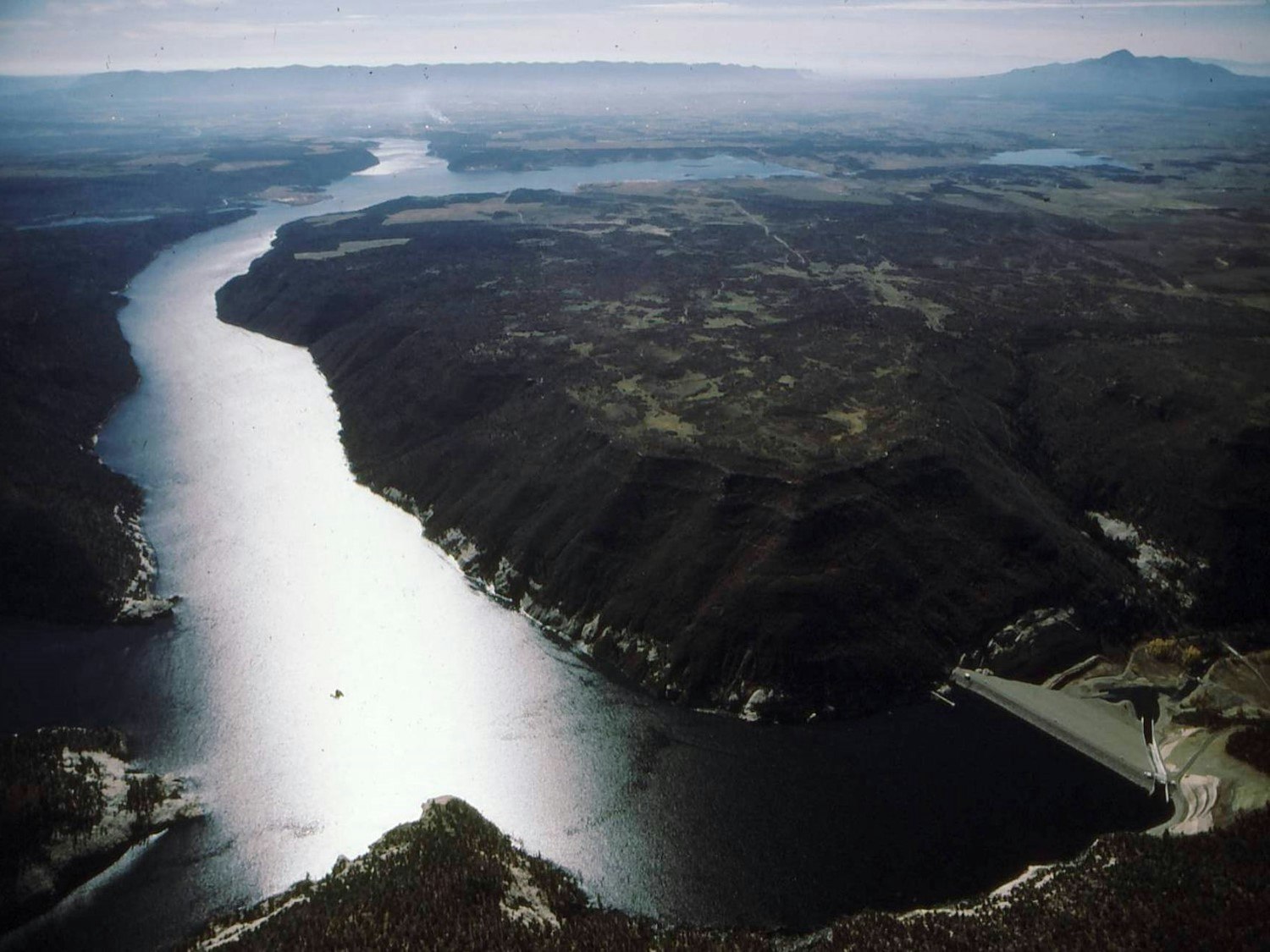




The newest water storage project in the District is the Animas – La Plata Project authorized by Congress in 1968. Construction began in 2001 after the passage of the Colorado Ute Settlement Act Amendments of 2000. The reservoir was filled to capacity in June 2011.

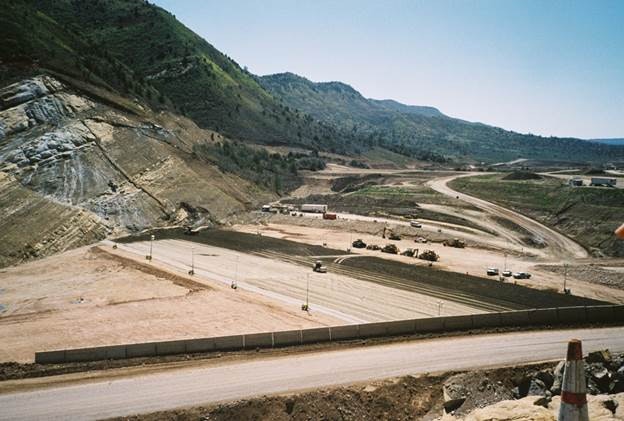
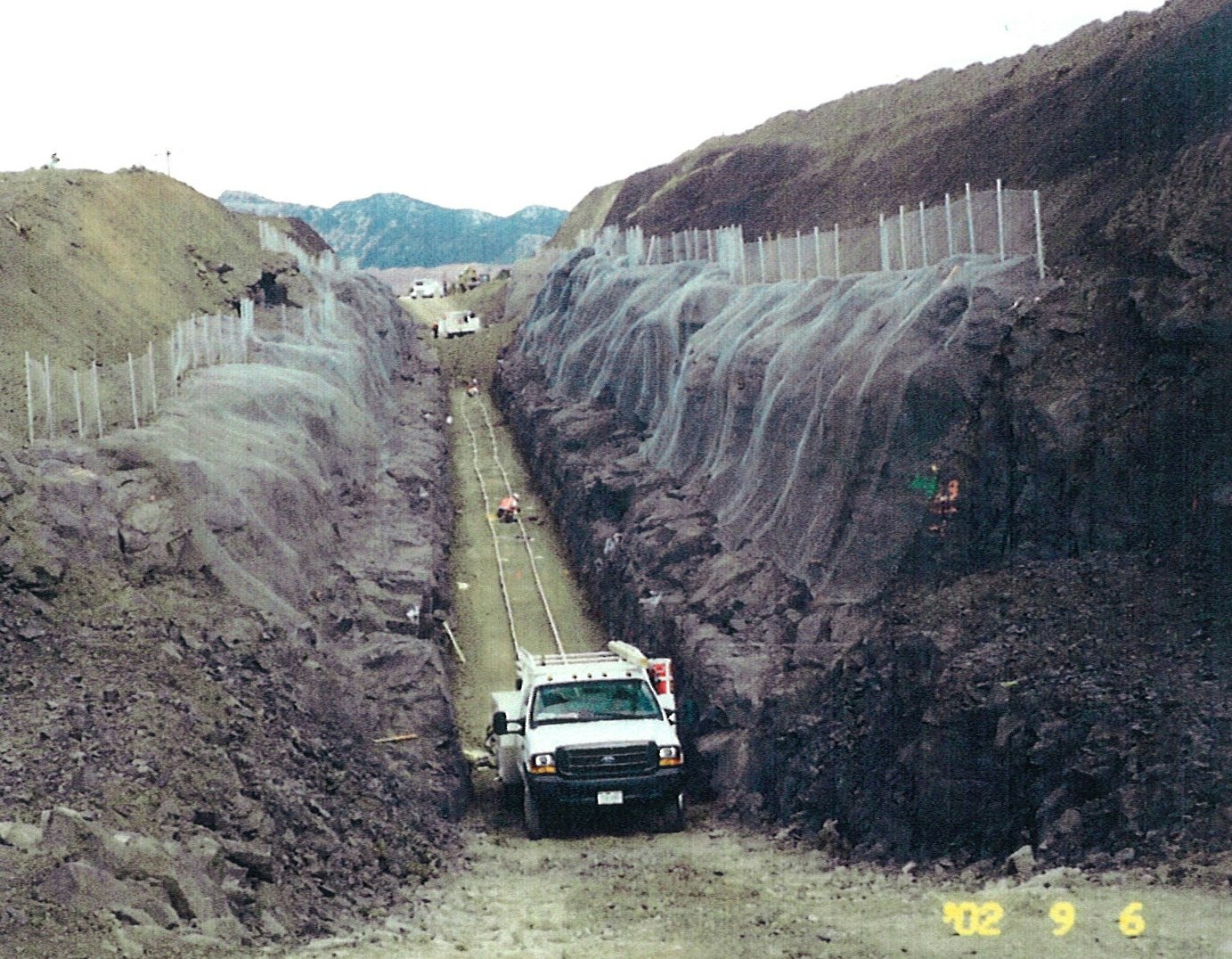

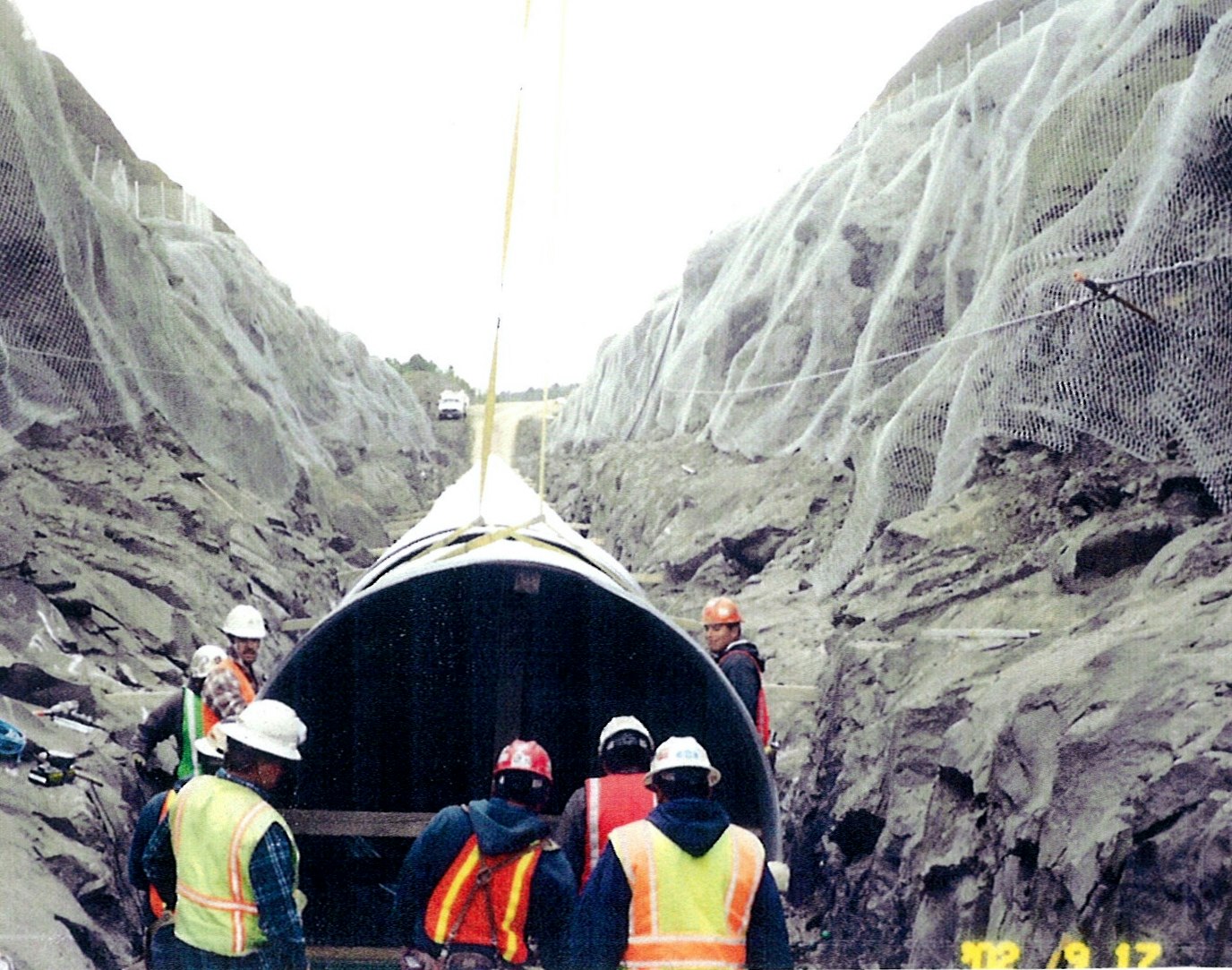


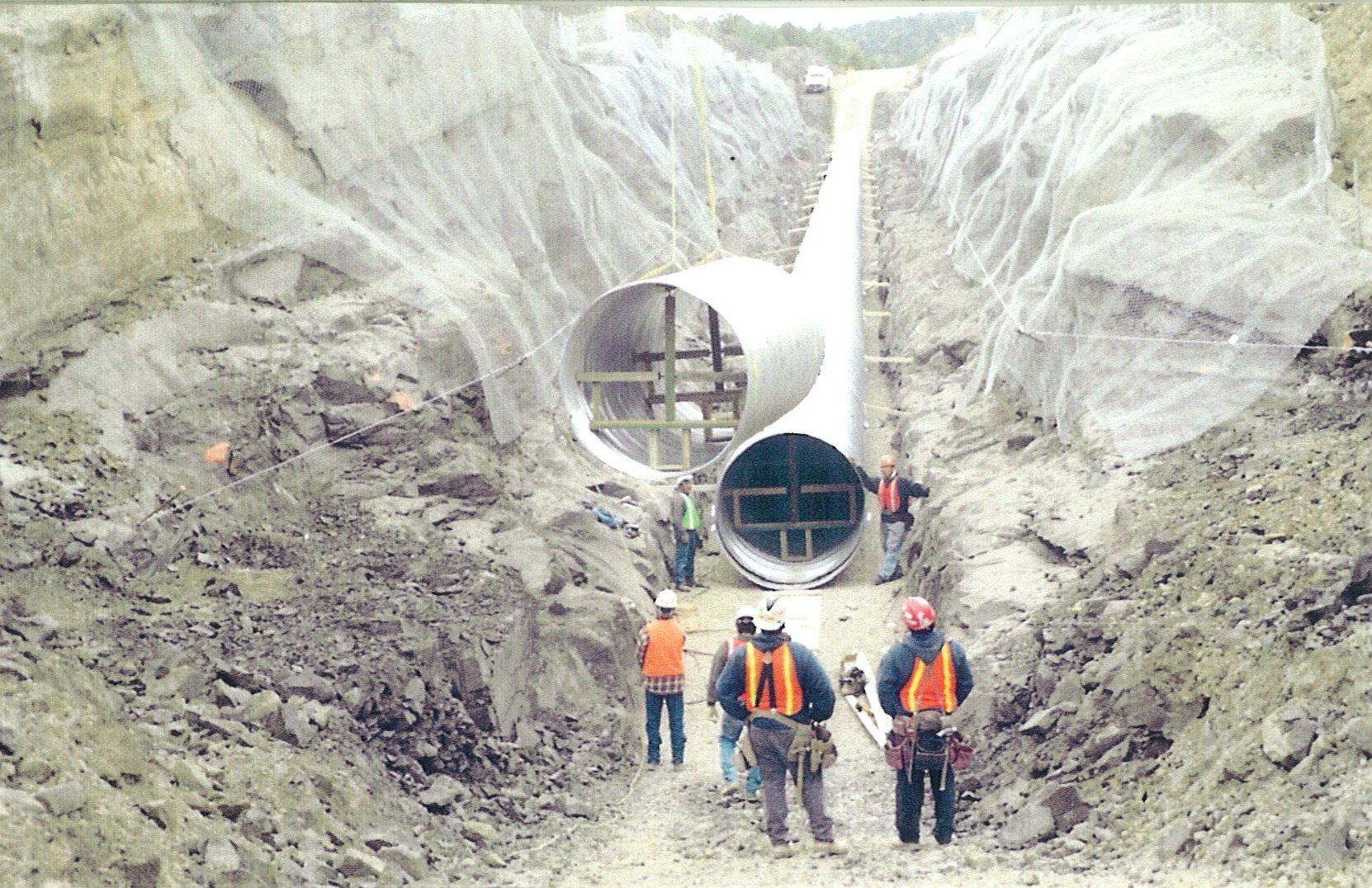




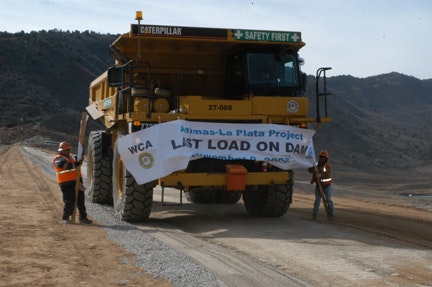
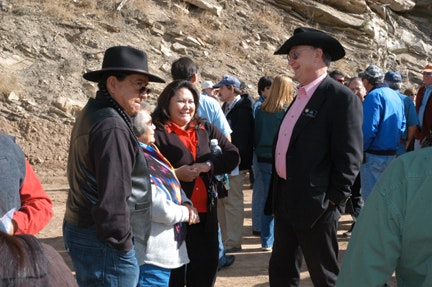














Construction of Long Hollow Reservoir, now Bobby K. Taylor Reservoir, was completed in 2014. Named after the late landowner and long-time proponent of the project Bobby K. Taylor whose ranch house sat just yards from the toe of the dam, the reservoir has a capacity of 5,300 acre-feet. A portion of the reservoir storage pool is allocated for interstate compact compliance during dry river conditions. The larger pool will allow irrigators to extend their water supply.
The Proposed Dry Gulch Reservoir in Archuleta County is still under development.

